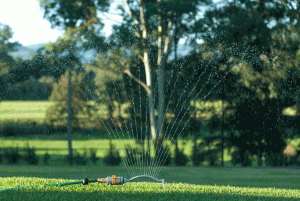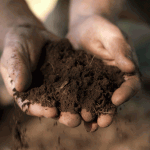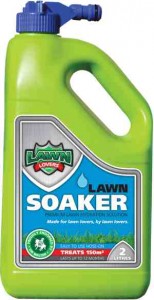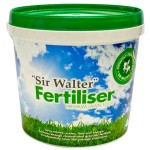 The climate varies on the west coast compared to the east; hot dry summers along with dry and sandy soils can give your plants a little sun stroke, and especially your beautiful lawn which is generally the most exposed in the heat of the day.
The climate varies on the west coast compared to the east; hot dry summers along with dry and sandy soils can give your plants a little sun stroke, and especially your beautiful lawn which is generally the most exposed in the heat of the day.
It is important to ensure that your turf can take the heat, with good soil preparation and a good reticulation system to start with being the key.Lawns at the front of your house will generally feel the heat and show a lot more stress than those lawns at the back of the house, due to the steaming hot roads and driveways. A major sign of plant stress is that you lawn will firstly curl its’ leaf, to try and stop as much evaporation as possible. The next thing you will notice is its colour- it will start to go a bluish/grey tinge- a tell-tale sign that your grass is stressing due to lack of moisture. After a day or two of this, your lawn will then dry off and go a little brown and crispy. The good news is that even though the leaf has dried off, the runner itself is most likely still alive.
There are a few ways to help prevent this from happening, and the best way to do this is to get a head start before our hot summers kick in.
Check that your reticulation system is in good working order. Make sure none of your sprinkler nozzles are blocked with grains of sand or debris, and that the water is overlapping the area. You sprinklers should overlap by 70%. If you have low pressure, using low pressure nozzles from your local reticulation store are a good investment to insure that your sprinklers are performing at their best. Putting out some catch cups, and timing how long it take to get 10ml of water is the best way to ensuring that you are applying the correct amount of water needed.
As you are only allowed to water 2 times a week on mains water, an extra watering by hand may be needed on the 3 day break, especially if there’s been a hot run. The longer your soil stays dry, the more water is needed to get it “wet” again, that is w hy wetting agents and water retainers are so important.
hy wetting agents and water retainers are so important.
Once you have your reticulation in good working order, and you are still getting dry patches, you may need to lightly coat those areas with a little yellow sand, or any loam based soil,and wash it in. This will allow any small clay particles to work their way done to the root zone, and help hold some moisture in the area.
 The best approach is to apply “good” wetting agents and water retainers to the area. As with most wetting agents, watering them in is most important once you have applied them. You want the product to be washed down to where the root zone is, otherwise the product will break down and evaporate off the surface.”
The best approach is to apply “good” wetting agents and water retainers to the area. As with most wetting agents, watering them in is most important once you have applied them. You want the product to be washed down to where the root zone is, otherwise the product will break down and evaporate off the surface.”
Mowing and fertilising will also help in the success of your lawn through summer. Mowing during the summer in full sun  areas, should be ideally be done weekly- 10days at approx. 15-18mm, so you do not take too much of the leaf off at once, which can add stress to the plant. Fertilising lightly and more regularly (preferably slow release) will maintain a good strong healthy plant. If plant stress does occur, it will have no problem in responding and recovering fairly quickly if a good fertilising and mowing programme is in place.
areas, should be ideally be done weekly- 10days at approx. 15-18mm, so you do not take too much of the leaf off at once, which can add stress to the plant. Fertilising lightly and more regularly (preferably slow release) will maintain a good strong healthy plant. If plant stress does occur, it will have no problem in responding and recovering fairly quickly if a good fertilising and mowing programme is in place.
It may be best at the start of Spring, to give your lawn a good hard mow as well. This will reduce any thatching problems, and allow water and nutrients to be able to get to the plants root zone where needed.
Don’t be shy in giving your local turf supplier a call, and explain the problems you are having. They will be able to advise the best products to use. Sometimes the products can’t be found at your local hardware or garden centre, but from the people that know best- your local turf grower. This is what they do for a living, so you can trust that they are going to give you the best advice.



